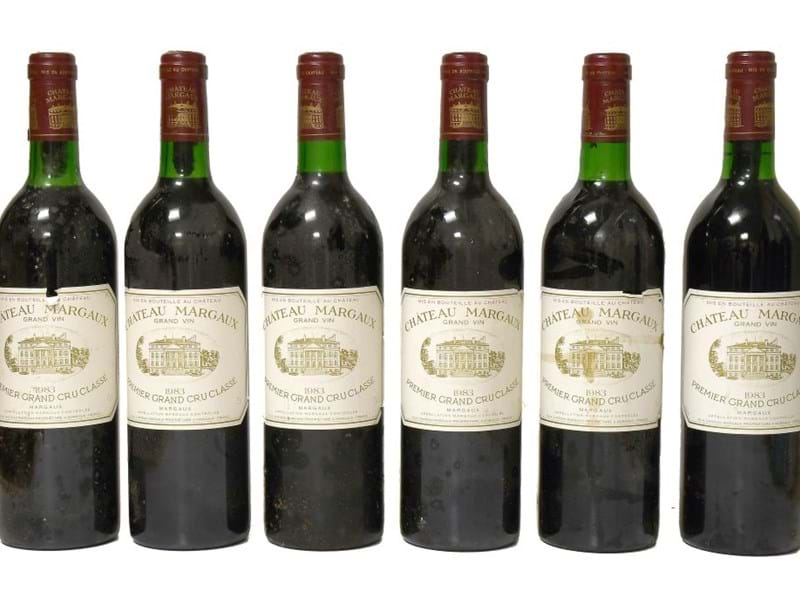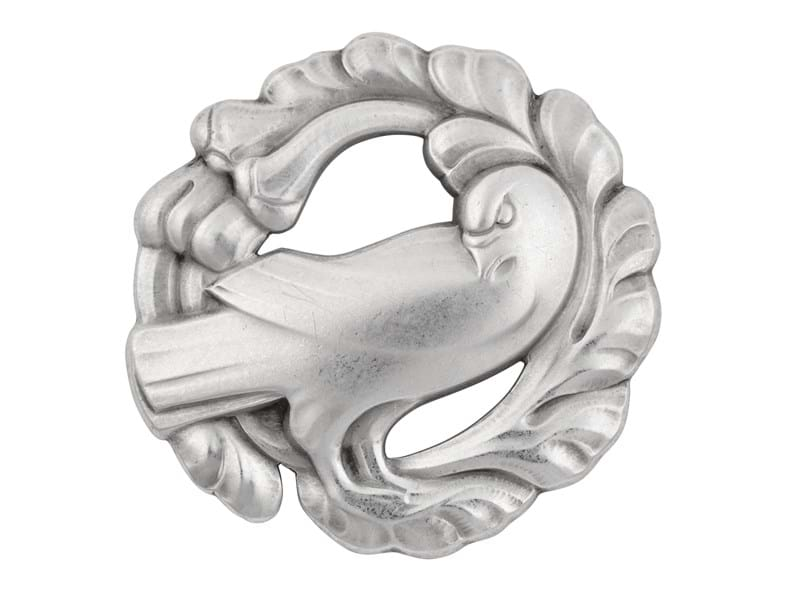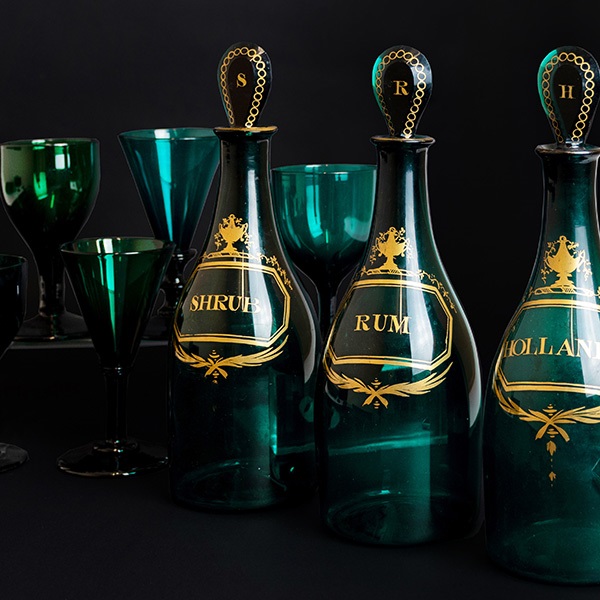Mourning jewellery has a long and fascinating history, and the notion of leaving bequests of jewellery for loved ones stretches back centuries. Indeed, King Richard II left a gold ring to each of his executors, and William Shakespeare left rings to a close group of friends and actors.
Over the following centuries, mourning jewellery intended as both reminders of death and memorials to specific deceased individuals grew in popularity, until it reached it's peak in the Victorian era. Throughout the 18th and 19th centuries, it was the norm for the deceased’s estate to pay for the mourning tokens, and a person’s will might list the recipients and dictate the type of jewellery and the style to be used. Rings were most common, as can be supported by the quantity that arise in the secondary market today, but lockets and bracelets were not rare.
The Fine Jewellery, Watches and Silver Sale on 16th November will see a pair of intricately wrought gold bracelets come under the hammer, which were quite possibly intended to be mourning jewellery. Near identical, and just varying slightly in length, the bracelets are offered in one lot with an estimate of £3,000-5,000 (plus buyer's premium). One bracelet is inscribed "Viscount Carleton. Obt Feb-y 25. 1826 at 87". Hugh Carleton, 1st Viscount Carleton (1739-1826), was a member of the Privy Council of Ireland, Serjeant-at-Law, and was an Irish politician and judge. The was both his wives pre-deceased him, and he died without children.












